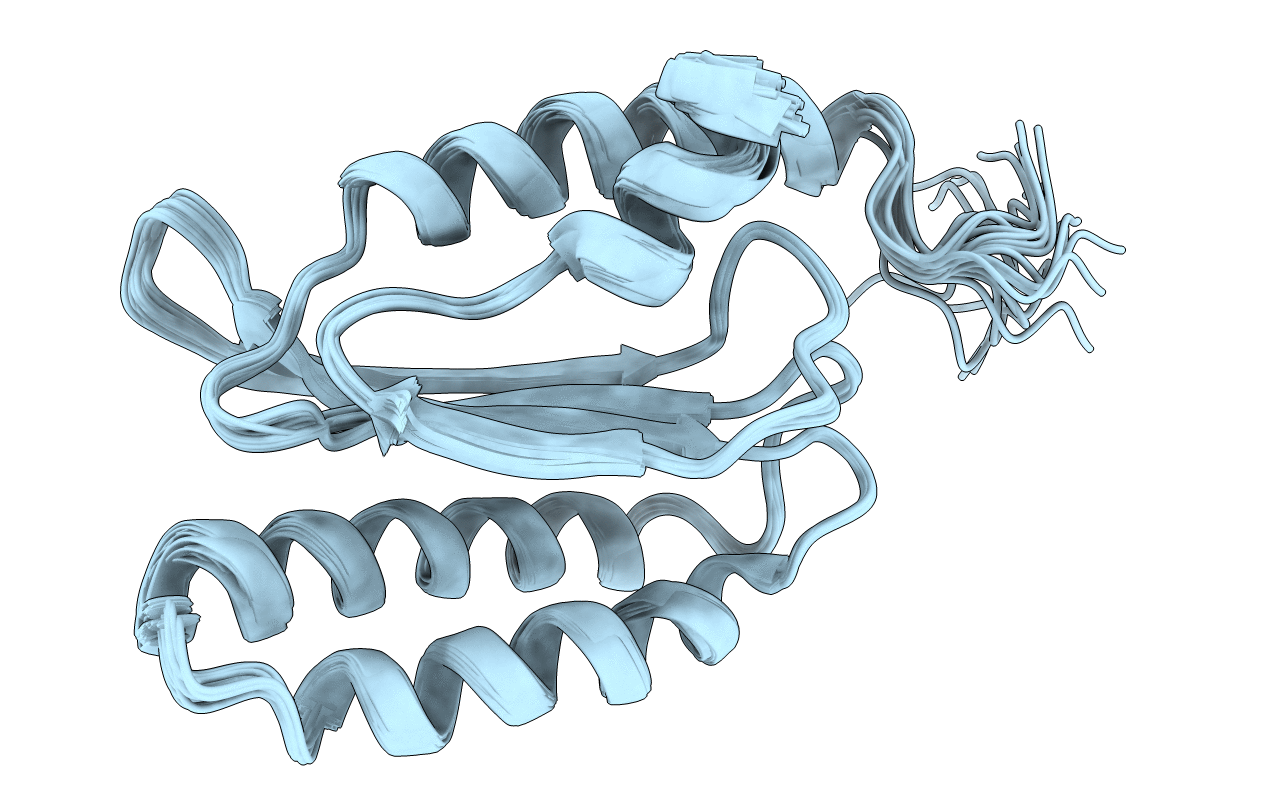
Deposition Date
2011-11-18
Release Date
2012-05-30
Last Version Date
2024-05-15
Entry Detail
PDB ID:
2LLX
Keywords:
Title:
Solution structure of the N-terminal domain of human polypeptide chain release factor eRF1
Biological Source:
Source Organism:
Homo sapiens (Taxon ID: 9606)
Host Organism:
Method Details:
Experimental Method:
Conformers Calculated:
50
Conformers Submitted:
20
Selection Criteria:
structures with the least restraint violations


